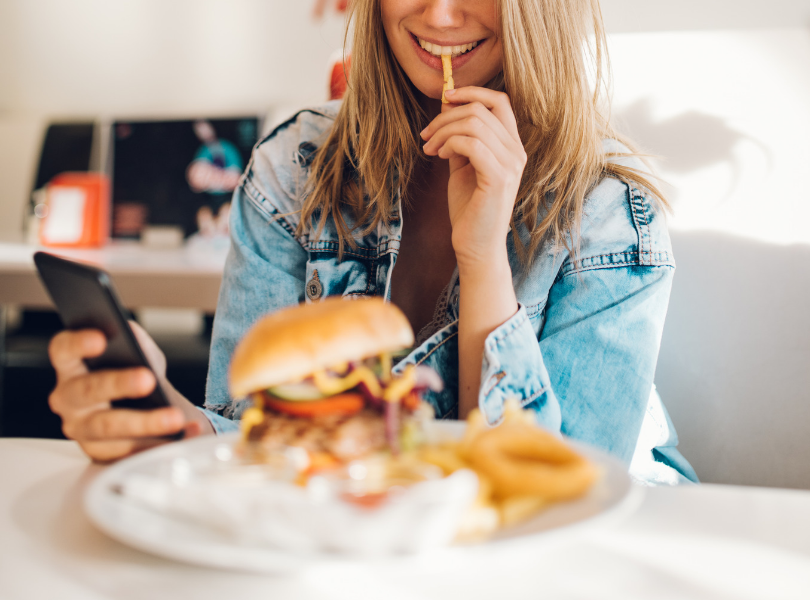
Just as “Location. Location. Location” is an oft-repeated mantra in the real estate business, restaurant marketers know that a prime location is as critical as the quality of its cuisine.
That’s why location-based digital advertising technology, like geofencing, has become an increasingly popular tactic in the last few years. Additionally, the ubiquity of smartphones and mobile device IDs have increased a marketer’s ability to zero in on a restaurant’s ideal client, serving ads that speak directly to their needs and desires as consumers.
It can be tough to wade through all of the different options available to restaurant marketers, and even tougher to know which is the best fit for your property.
In this post, we’ll dive into two types of location-based advertising tech commonly used by restaurants to fill seats: geofencing and mobile device ID targeting. As you’ll soon find out, when it comes to choosing the best tactic for your restaurant, location isn’t the only consideration.
Geofencing
Geofencing involves serving specific ads to smartphone users once they cross a virtual perimeter or “fence” around your restaurant. For example, if your restaurant is located in a very walkable area of town, you could designate a virtual perimeter that begins near the most common parking areas utilized by your restaurant goers. Once smartphone users are within the perimeter, they’re sent messages that encourage them to check out the latest deals or specials at your restaurant.
While geofencing offers great opportunity for restaurants, there are also some negatives worth noting:
It’s difficult to know whether a consumer is visiting your restaurant because they were served an ad once inside the geofence. There’s no way to separate consumers who were already in the area and planning to visit your restaurant from consumers that visited your restaurant after seeing your ad. This makes it difficult to calculate the number of conversions resulting from the ad, and therefore makes it difficult to analyze the ad’s effectiveness.
Without a clear understanding of a tactic’s effectiveness, you’re making educated guesses on its ROI. When marketing dollars in a limited budget are in play, you want your decisions to be driven by the most accurate data possible.
Mobile Device ID Targeting
Mobile device ID targeting is a great location-based alternative to geofencing. Mobile device IDs are unique identifiers attributed to an individual device. They can only be accessed via an app that the smartphone user must opt into, and they allow marketers to gather more specific information – including location patterns – about the user.
The ability to track diners’ habits is a goldmine of information for restaurant brands, enabling them to serve ads to their target clientele in specific locations during specific times, therefore optimizing an ad’s “nudge” in the direction of that restaurant.
For a growing restaurant client, the Morgan & Co. team used mobile device ID targeting to understand location habits of its consumers two hours prior to visiting that client’s establishment. We also analyzed other brands they frequented and where their device “rested” at night. By aligning the other brands and locations with a visit to our client’s place of business, the Morgan & Co. planning team can analyze audience brand interests and lifestyles.
A better understanding of your ideal client and their habits, combined with the ability to serve them an ad in the right place at the right time likely makes mobile device ID targeting the best bang for your advertising buck, when compared with geofencing.
If you’re ready to take your restaurant marketing to the next level and want to see if mobile device ID targeting is a good fit for your business, we are ready to be your guide. We’ve created strategies to fill seats at some of the South’s hottest restaurants, and we can create a solution that’s custom tailored for you. Reach out via email, and we’ll show you the way.
